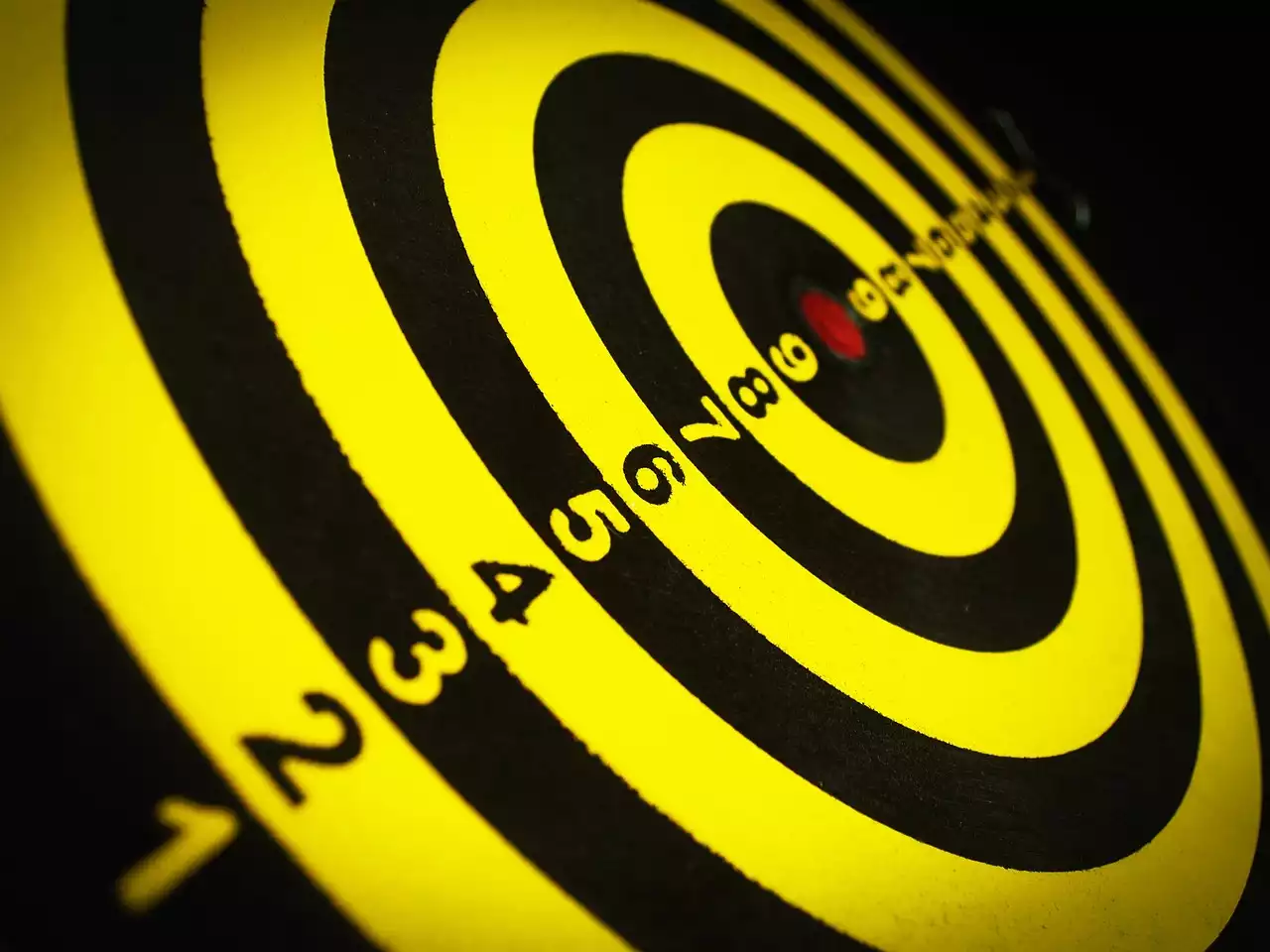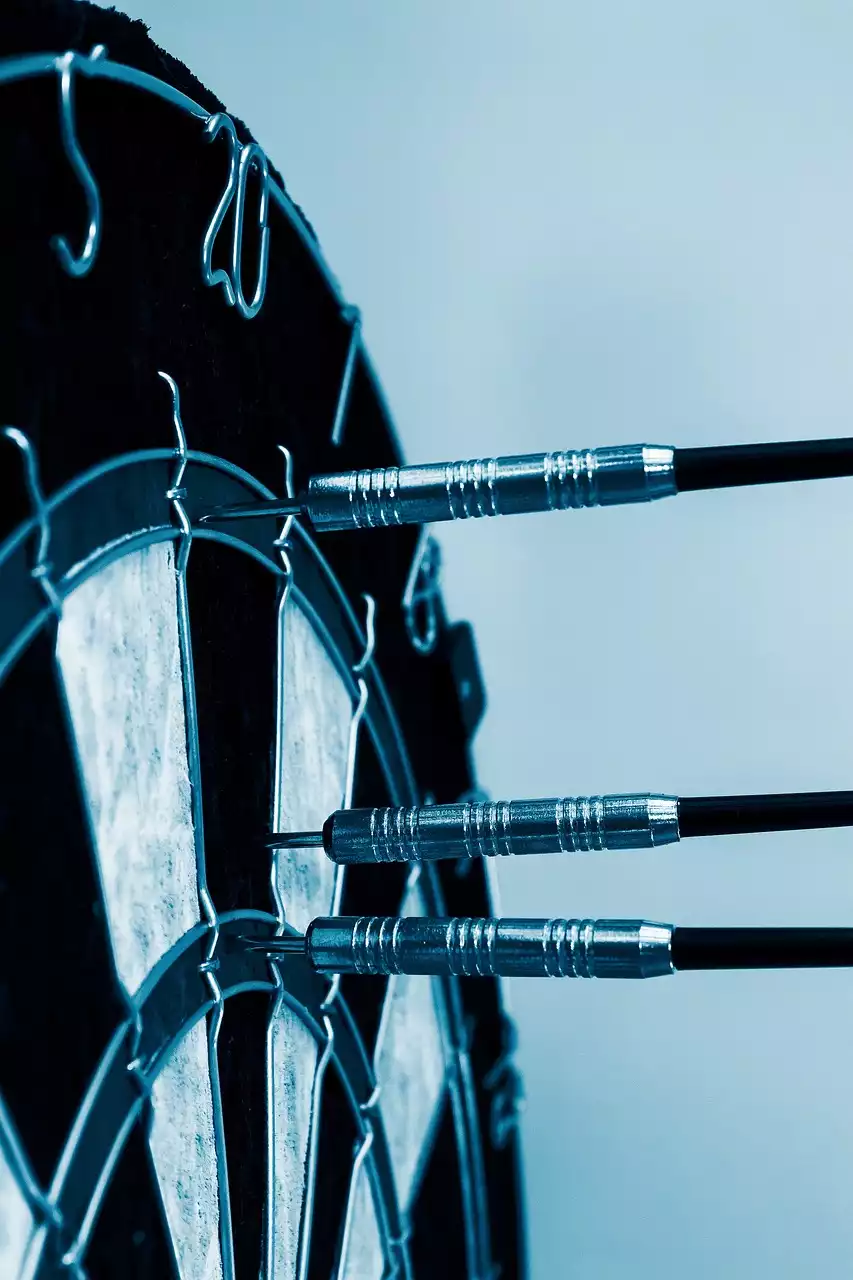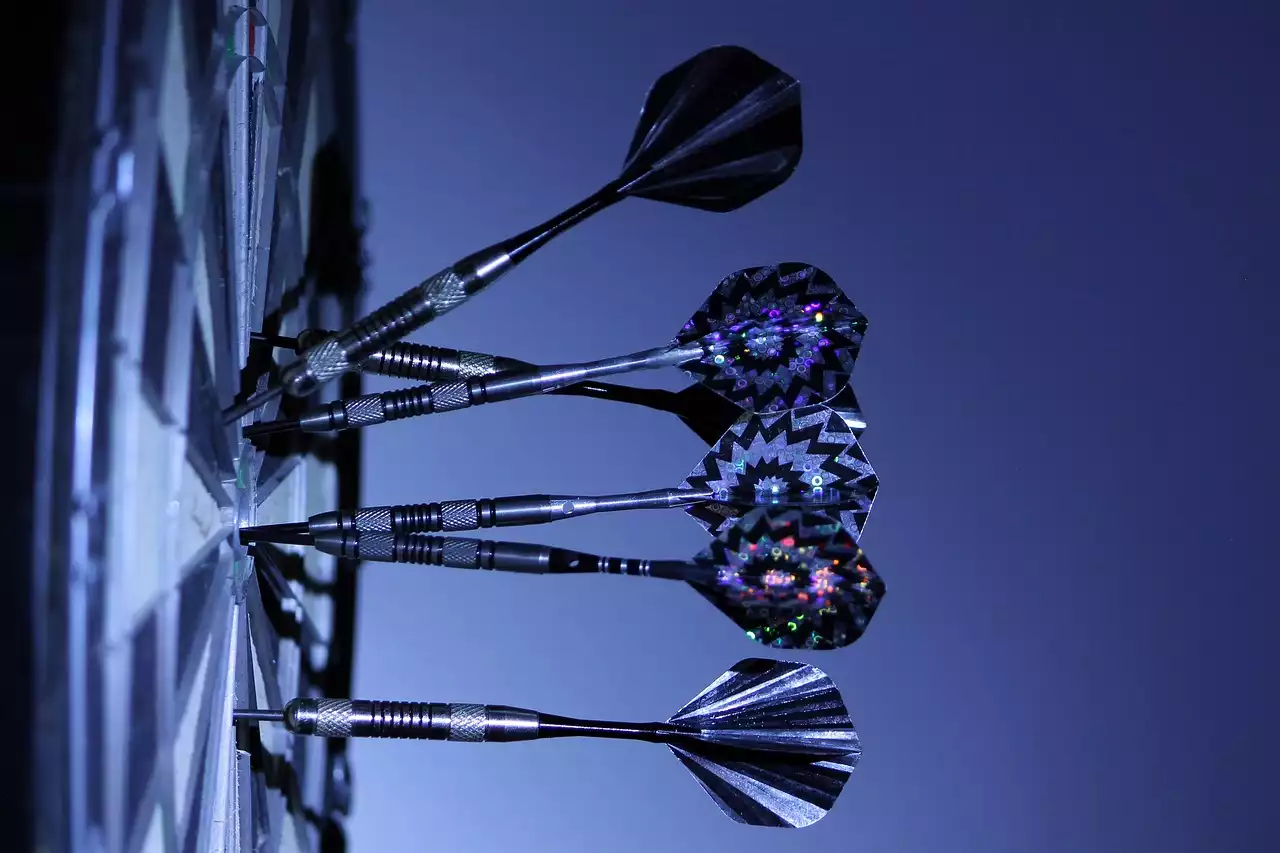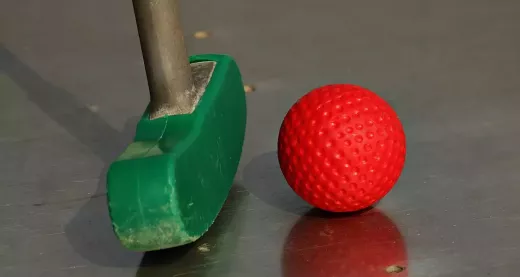Early history of darts
Darts has a long and rich history that can be traced back to the late Middle Ages. The game originated in England and was initially played by soldiers who used short arrows or crossbow bolts as makeshift darts. These early darts were made of wood, with feathered flights attached to the back for stability in flight. The game quickly gained popularity, spreading to taverns and pubs across the country. As the game evolved, so did the equipment. Wooden barrels were gradually replaced by more durable materials, such as brass and steel. The introduction of standardized rules and measurements further contributed to the growth of darts as a competitive sport.
Throughout the centuries, darts continued to evolve, with players and manufacturers constantly seeking ways to improve the equipment. The introduction of paper-wound dartboards in the late 19th century marked a major milestone in the game's history. These boards, made of compressed paper fibers, provided a more consistent playing surface compared to earlier wooden boards. The use of metal wire to divide the scoring areas also made it easier for players to accurately score their throws. These innovations laid the foundation for further advancements in darts equipment.
Evolution of darts equipment - from wooden to steel-tipped darts
As darts gained popularity and transitioned from a casual pub game to a competitive sport, the need for more accurate and reliable equipment became evident. In the early 20th century, wooden barrels began to be replaced by metal, such as brass. The introduction of brass barrels brought greater consistency to the weight and shape of darts, allowing players to develop more refined throwing techniques. However, brass darts were still prone to wear and tear, and players were constantly searching for more durable alternatives.
The breakthrough came in the 1970s with the introduction of tungsten darts. Tungsten is a dense metal that allows for smaller and slimmer barrels while maintaining the same weight. This resulted in improved accuracy and reduced bounce-outs. Tungsten darts quickly became the gold standard in the industry, and professional players around the world embraced this new generation of darts. Today, tungsten darts are the preferred choice for serious players, with varying levels of tungsten content to suit individual preferences.
Key innovations in dartboard design
The evolution of dartboards has been just as remarkable as that of the darts themselves. From the early days of wooden boards to the modern electronic boards seen in today's tournaments, dartboard design has come a long way. One of the most significant innovations in dartboard design was the introduction of the sisal fiber board in the 1930s. Sisal is a natural fiber derived from the agave plant, known for its durability and self-healing properties. Sisal dartboards revolutionized the game, providing a longer lifespan and better consistency in terms of bounce-outs.
In recent years, electronic dartboards have gained popularity, especially in home setups and casual play. These boards feature sensors that detect the location of the darts and automatically calculate the score. Electronic dartboards offer a range of game options, scoring variations, and interactive features, adding a new dimension to the game. However, traditional sisal fiber dartboards continue to be the preferred choice for professional players and competitive tournaments due to their authenticity and the unique feel they provide.
Dart flights and shafts - materials and advancements
The evolution of dart flights and shafts has played a crucial role in improving the stability and accuracy of darts in flight. In the early days, feathered flights were the norm, providing the necessary stability for the wooden darts of that time. However, feather flights were prone to damage and required frequent replacement. As materials technology advanced, plastic flights became popular due to their durability and ease of use. Plastic flights allowed for greater customization, with various shapes and designs available to suit individual throwing styles.
In recent years, the introduction of synthetic materials, such as nylon and polyester, has further expanded the options for dart flights. These materials offer enhanced durability and shape retention, ensuring that flights maintain their stability even after repeated use. Additionally, modern flight designs incorporate aerodynamic principles, with features like slim profiles and specialized wing shapes that reduce drag and improve accuracy. The combination of advanced materials and innovative designs has raised the bar in terms of flight performance, allowing players to achieve more consistent throws.
The impact of technology on darts equipment
Technology has had a significant impact on darts equipment, pushing the boundaries of what was once considered possible. One area where technology has made a notable difference is in the production of darts. Precision engineering and computer-aided design (CAD) have allowed manufacturers to create darts with unparalleled accuracy and consistency. Computer-controlled lathes and milling machines ensure that each dart is made to exact specifications, resulting in a level of precision that was unthinkable in the past.
Another area where technology has made its mark is in the development of electronic scoring systems. Gone are the days of manual scorekeeping and disputes over missed scores. Electronic scoring systems not only provide accurate and instant scoring but also offer a range of features such as player statistics, game variations, and interactive displays. These advancements have made darts more accessible and engaging for players of all skill levels.
Modern trends in darts equipment
The world of darts continues to evolve, with new trends and innovations constantly emerging. One notable trend is the customization of darts equipment. Players now have the option to personalize their darts with custom barrel designs, unique flight patterns, and personalized shafts. This level of customization allows players to tailor their equipment to their individual preferences and style of play, enhancing their performance and enjoyment of the game.
Another trend is the integration of smart technology into darts equipment. Companies are developing darts with built-in sensors that track and analyze every throw, providing players with valuable insights into their technique and performance. These smart darts can connect to mobile apps or dedicated devices, allowing players to monitor their progress, compete with friends, and even participate in online tournaments. This marriage of technology and darts opens up new possibilities for training, competition, and socialization within the darts community.
Choosing the right darts equipment for your game
With the wide range of darts equipment available today, choosing the right setup can be a daunting task. The first step is to consider your skill level and playing style. Beginners may prefer slightly heavier darts for stability, while more experienced players might opt for lighter darts for better control and precision. It is also essential to consider the weight distribution and grip of the barrels, as these factors can significantly impact your throwing technique.
The choice of flights and shafts also plays a crucial role in determining the overall feel and performance of your darts. Experimenting with different flight shapes and materials can help you find the perfect combination that suits your throwing style. Additionally, shaft length and material can affect the stability and trajectory of your darts, so it's worth exploring different options to find the optimal setup.
Famous darts players and their preferred equipment
Throughout the history of darts, many legendary players have made their mark on the sport. These players have often had their preferred equipment, which became synonymous with their playing style and success. For example, Phil Taylor, one of the most successful darts players of all time, was known for his signature Power 9Five darts, featuring a tungsten barrel with a unique grip design. Other notable players, such as Michael van Gerwen and Gary Anderson, have also had their preferred darts setups, which have become popular choices among aspiring players.
Studying the equipment choices of famous players can provide valuable insights into the qualities and features that contribute to success in the game of darts. However, it's important to remember that equipment alone does not guarantee skill or achievement. The right equipment can certainly enhance your performance, but it is ultimately the hours of practice and dedication that make a true champion.










